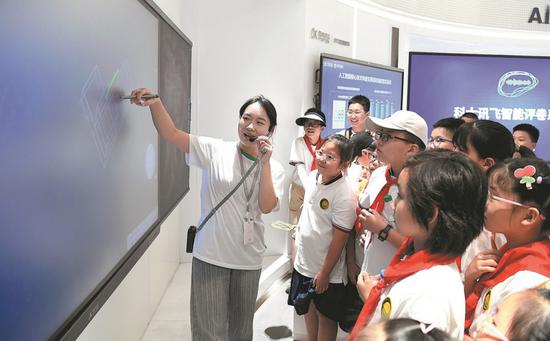
Primary school students learn about the application of AI in study at the iFlytek's Artificial Intelligence Experience Center in Hefei, Anhui province, on Aug 4. CHEN SANHU/FOR CHINA DAILY
Hiring affected
The adoption of LLM has already affected hiring in customer services and operations in China, which was down 2 percentage points in the first half of this year compared with the same period in 2022, said Hu Jiayin, assistant professor from the National School of Development at Peking University.
LLM's impact on sales and business development was greater still, cutting job opportunities by 5 percentage points in the first half of the year.
Even professionals specializing in software and hardware development are not immune. Hiring for these skilled professionals was down by 1 percentage point in the first half of the year due to the spread of AI, said Hu.
The AI boom's impact on the job market is different from other advances in technology, said Peta Latimer, president of international human resources service provider Mercer in Asia.
While blue-collar workers were the most vulnerable during the previous technology revolutions, white-collar workers and professionals will be affected the most by AI, the first time in history this has happened.
Ni from TAG predicts about 20 percent of the current head count in offices can be replaced by machines or other automated solutions. While it is quite easy to determine the jobs that are replaceable, it is still unclear what new employment opportunities can be created for these office personnel in the near term, he said.
But one thing is certain, more people will be working in the service industry when technology proliferates further, said Ni.
Japan may serve as a good reference. While it is one of the most automated countries in the world, the unemployment rate has remained low for years. The large and highly diverse service sector in Japan has provided plenty of job opportunities, Ni added.
Japan deployed about 397 robots per 10,000 employees in 2022, making it the fourth-largest automated country in the world, following South Korea, Singapore, and Germany, according to the International Federation of Robotics.
Japan's unemployment rate was 2.6 percent in 2022, down 0.2 percentage points from a year earlier, according to its Ministry of Internal Affairs and Communications.
China has rapidly caught up in automation in recent years. It was fifth in the IFR rankings, using 392 robots per 10,000 employees in 2022. IFR experts defined China as having "high robot density", especially given that the nation still has a large manufacturing industry workforce.
But, it should also be noted that China's urban employment rate was 5.6 percent in 2022.
The large service sector in Japan may be one reason for the disparity. Tertiary industry's contribution to Japan's GDP was around 75 percent in 2022, while China's was 53.3 percent the same year. Though the service industry's contribution to China's GDP rose to 54.6 percent last year, there is still room for growth, Ni said.








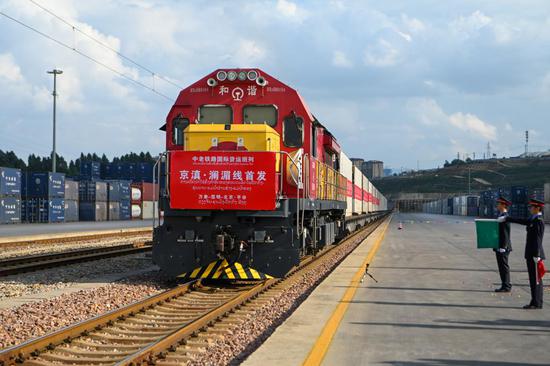

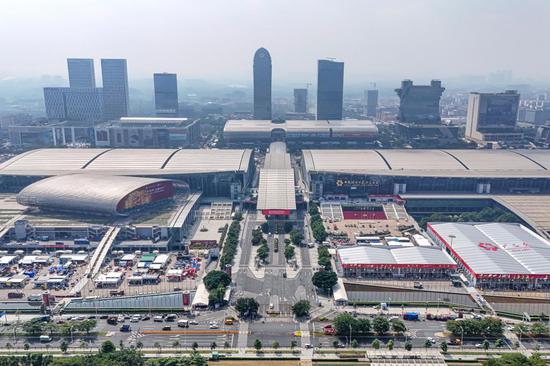



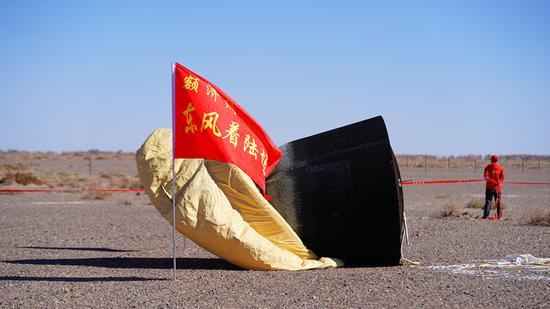




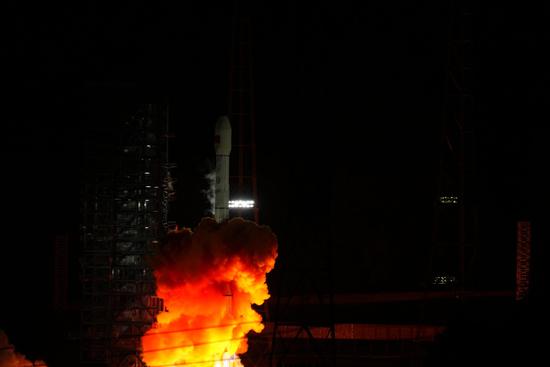







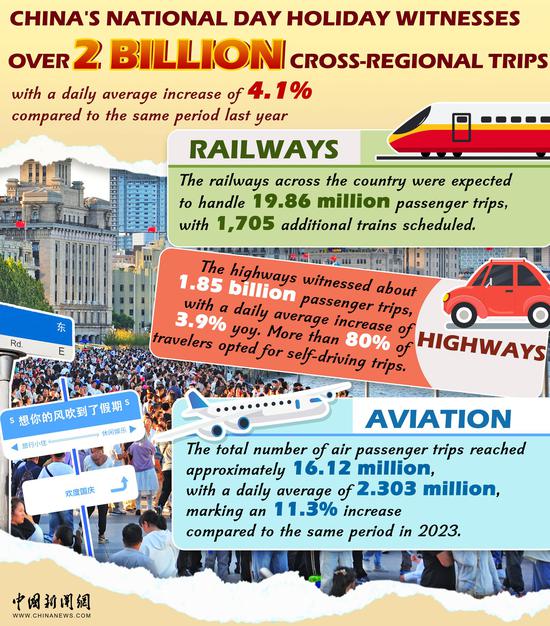



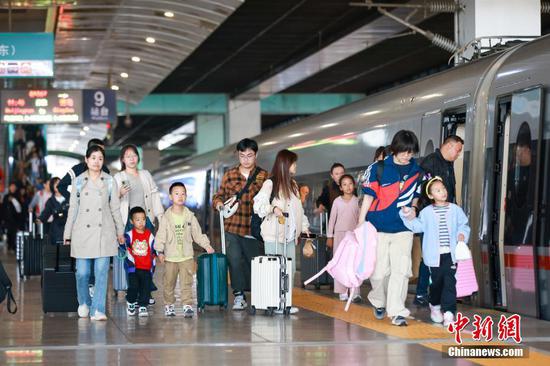
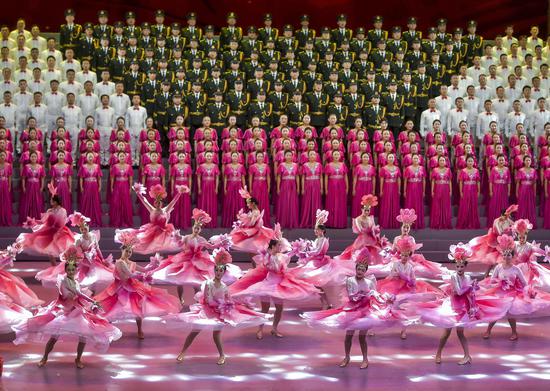


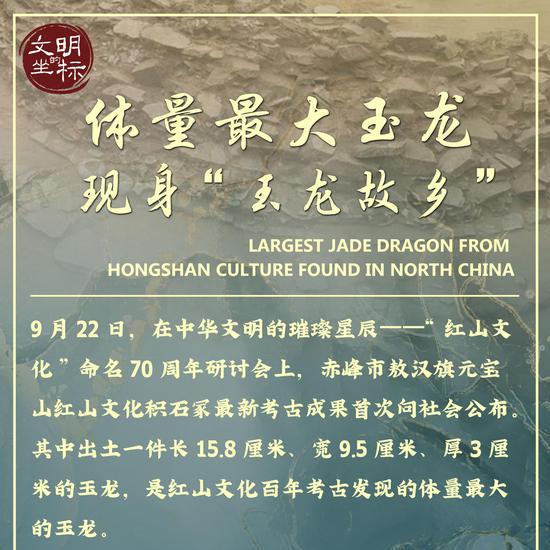








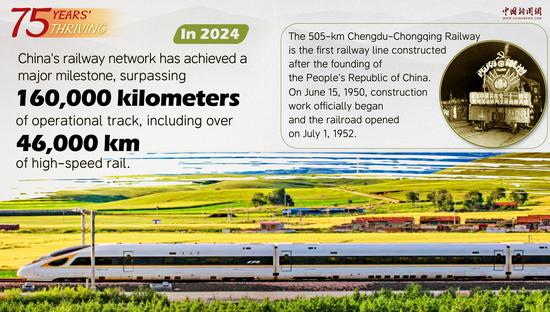





 京公网安备 11010202009201号
京公网安备 11010202009201号